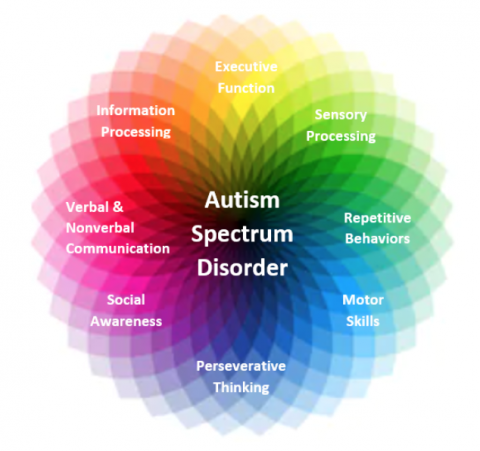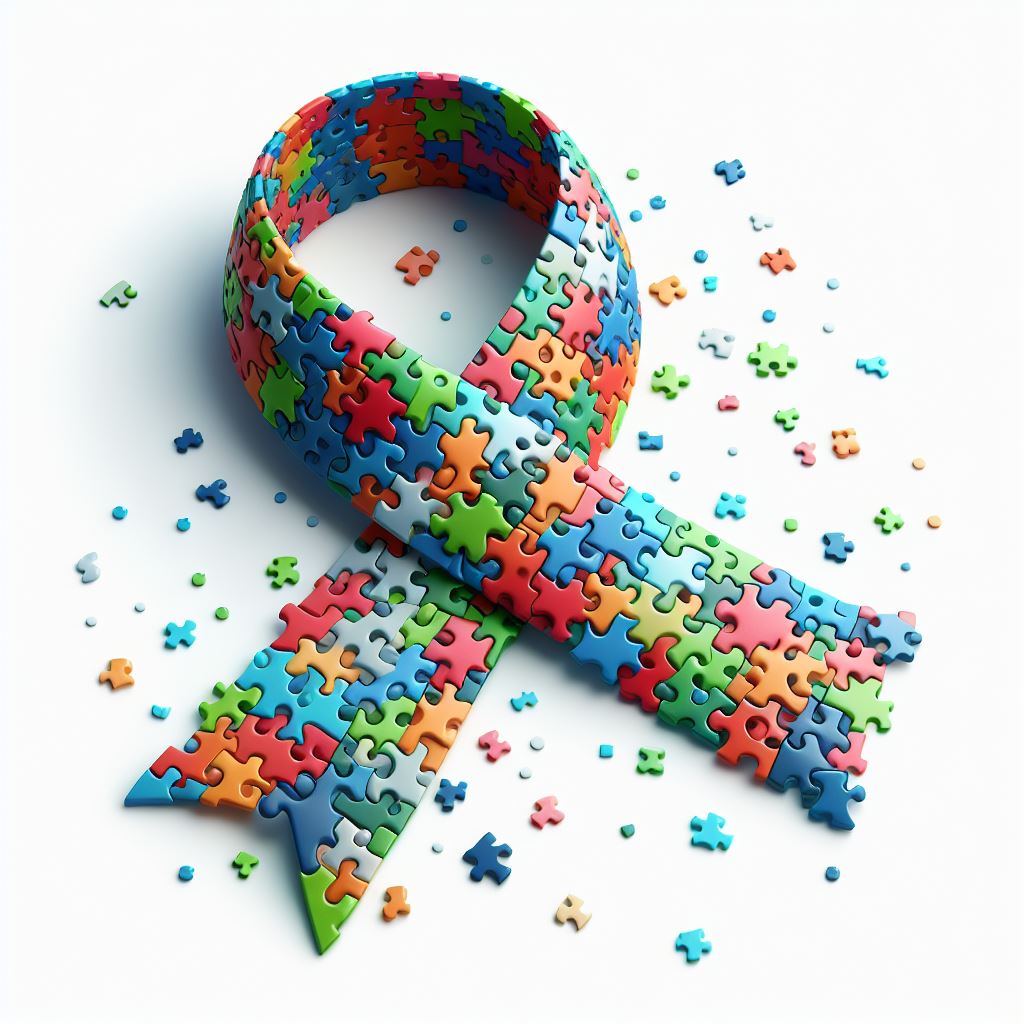The Impact of Very Early Treatment on Kids with Autism: What Parents Need to Know
The Impact of Very Early Treatment on Kids with Autism: What Parents Need to Know
Blog Article
Understanding Autism: A Comprehensive Overview to Symptoms And Signs
Autism Range Disorder (ASD) includes a vast variety of attributes that can significantly influence an individual's social interactions and everyday performance. Comprehending these nuances not just aids caretakers and teachers in giving suitable support yet also cultivates a more inclusive setting for individuals with ASD.
Summary of Autism Range Disorder
Specifying Autism Range Disorder (ASD) involves recognizing it as a complex neurodevelopmental condition characterized by an array of challenges in social communication, interaction, and behavior patterns. The term "range" reflects the wide variability in signs and symptoms and their intensity, which can vary dramatically from one person to an additional. ASD generally materializes in early childhood, although some people may not receive a diagnosis until later in life.
Variables affecting the development of ASD consist of environmental variables and genetic tendencies, although the exact causes continue to be under examination. Diagnosis often depends on behavior analyses, as there are no definitive clinical examinations for ASD. Early treatment is crucial and can considerably enhance end results, concentrating on boosting communication abilities, social communications, and flexible habits.
People with ASD might also exhibit one-of-a-kind toughness, such as outstanding focus to detail or details locations of competence. Understanding the diverse nature of ASD is necessary for fostering a comprehensive setting that accommodates neurodiversity. Continued research is vital for establishing effective treatments and support group, allowing individuals with ASD to flourish and accomplish their possible within culture.
Common Indicators of Autism
Acknowledging the typical signs of Autism Spectrum Disorder (ASD) is vital for very early identification and intervention. These signs can differ commonly in intensity and discussion, but certain attributes are regularly observed in individuals with ASD.
One of the most widespread signs is a marked difficulty in developing and keeping eye call. Individuals may also show restricted interest in social communications and show a choice for singular play.
Sensory level of sensitivities are additionally common; individuals may overreact or underreact to sensory stimulations, such as appearances, audios, or lights. autism. Language development can be irregular, with some youngsters exhibiting delayed speech or using language in unusual ways, including echolalia-- duplicating sentences or expressions heard somewhere else
It is vital to note that not every person with ASD will certainly display all these indicators, and the degree of these actions can vary considerably. Early recognition allows for timely support and resources, enhancing the lifestyle for those on the spectrum.
Social Communication Difficulties
Social interaction challenges are a hallmark of Autism Spectrum Condition (ASD), affecting a person's capacity to engage effectively with others. These difficulties can show up in various means, including challenges in starting and maintaining discussions, understanding social hints, and reacting suitably in social interactions.
People with ASD might have a hard time with nonverbal interaction, such as eye contact, faces, and body language. This can bring about misunderstandings, as their communicative intent may not be properly interpreted by others. In addition, they may locate it challenging to realize the nuances of tone and context, which are essential for reliable communication.
In team settings, people with ASD might feel overloaded and may not know exactly how to join in conversations (autism). They could additionally show irregular conversational patterns, such as monologuing concerning certain interests without identifying social reciprocity
Moreover, these challenges can lead to social seclusion or problems in developing partnerships, as peers might misunderstand their actions or interaction style. Recognizing these social interaction challenges is critical for cultivating encouraging settings that promote social abilities advancement and boost the quality of interactions for people on the autism range.
Sensory Level Of Sensitivities and Responses
Lots of people with Autism Spectrum Disorder (ASD) experience enhanced sensory level of sensitivities that can substantially affect their day-to-days live. These sensitivities might manifest as over-responsiveness or under-responsiveness to sensory stimuli, consisting of noises, lights, textures, preferences, and smells. try these out An individual with ASD might locate everyday sounds, such as a vacuum cleanser or crowded settings, overwhelmingly distressing, leading to stress and anxiety or disasters. On the other hand, some may display an indifference to pain or severe temperature levels, which can pose safety and security issues.
Sensory handling distinctions in individuals with ASD can additionally impact their ability to participate in routine activities and social interactions. A kid that is delicate to touch may resist physical affection or stay clear of particular apparel fabrics. A choice for certain appearances or tastes can restrict nutritional options and produce obstacles throughout mealtimes.
Understanding these sensory sensitivities is essential for recognizing the distinct experiences of individuals with ASD. Understanding of their sensory profiles can promote much better interaction and support techniques, producing a setting that suits their requirements and improves their top quality of life. Ultimately, acknowledging sensory sensitivities is an essential component of comprehending the wider spectrum of autism.

Supporting People With Autism
Reliable assistance for people with Autism Spectrum Condition (ASD) is critical for enhancing their total health and fostering independence. Assistance techniques ought to be customized to meet the distinct demands of each individual, considering their strengths and difficulties.

Social skills training can also play a crucial function. autism. Involving individuals in group activities or role-playing circumstances can boost their capacity to browse social communications. In addition, it is vital to inform relative, caregivers, and peers about ASD to cultivate a comprehensive and supportive area
Verdict
By cultivating enhanced communication and social abilities, individuals with autism can navigate their atmospheres more effectively. Ultimately, increased awareness and support can dramatically improve the high quality of life for those affected by ASD.
Autism Range Condition (ASD) includes a wide variety of characteristics that can substantially influence an individual's social interactions and everyday performance.Individuals with ASD may battle with nonverbal communication, such as eye call, facial expressions, and body language.Lots of people with Autism Spectrum Condition (ASD) experience increased sensory level of sensitivities that can substantially affect their day-to-day lives.Sensory processing distinctions in people with ASD can additionally influence their capability to engage in regular activities and social Find Out More communications.Recognizing these sensory level of sensitivities is essential for identifying the special experiences of people with ASD.
Report this page